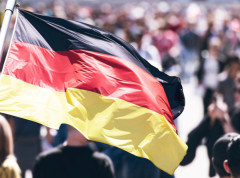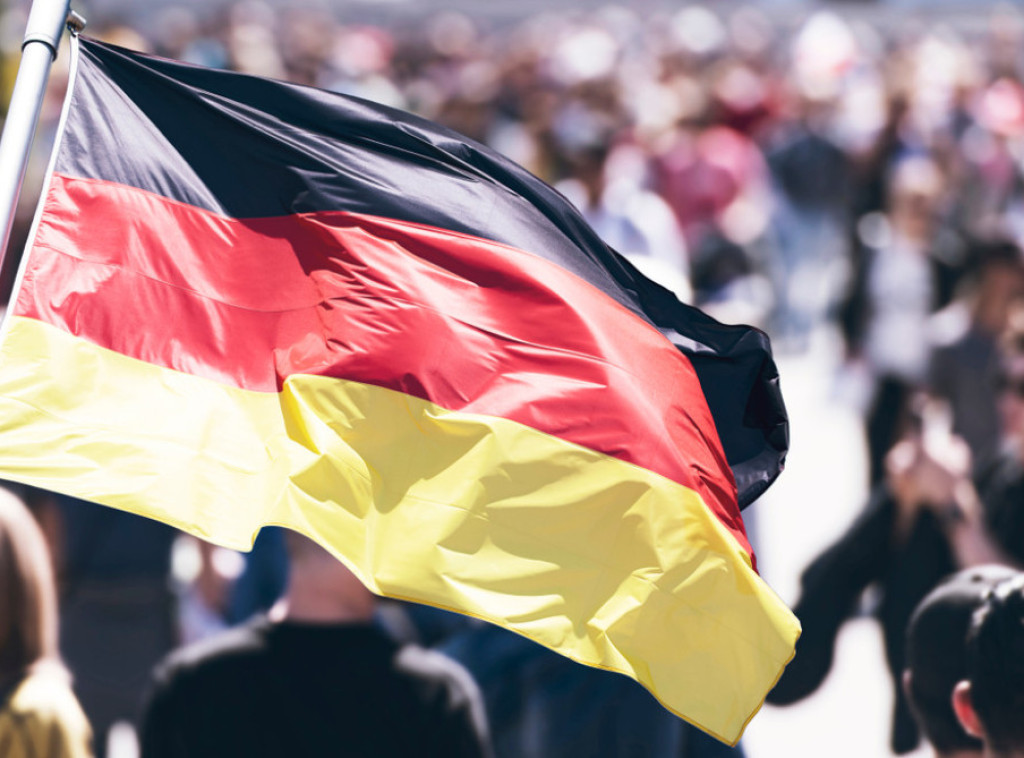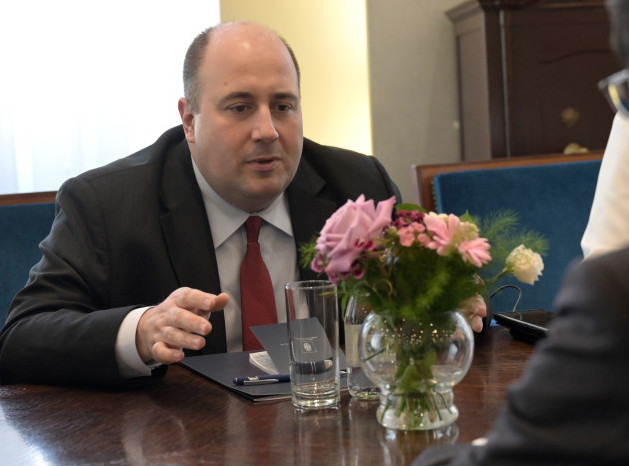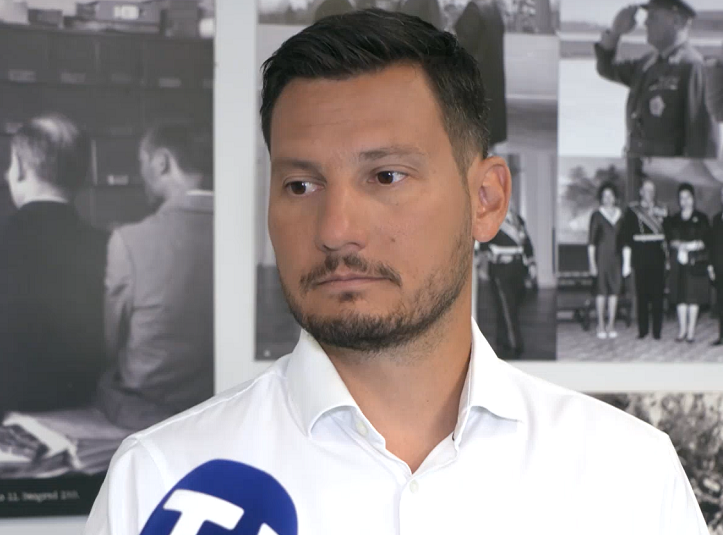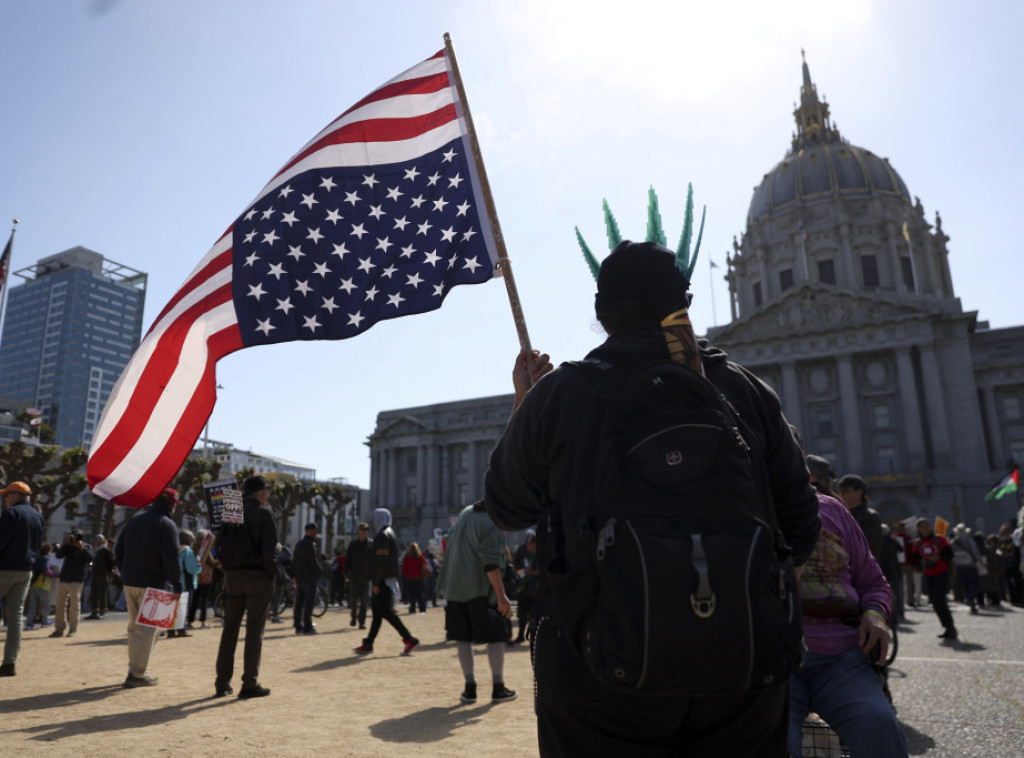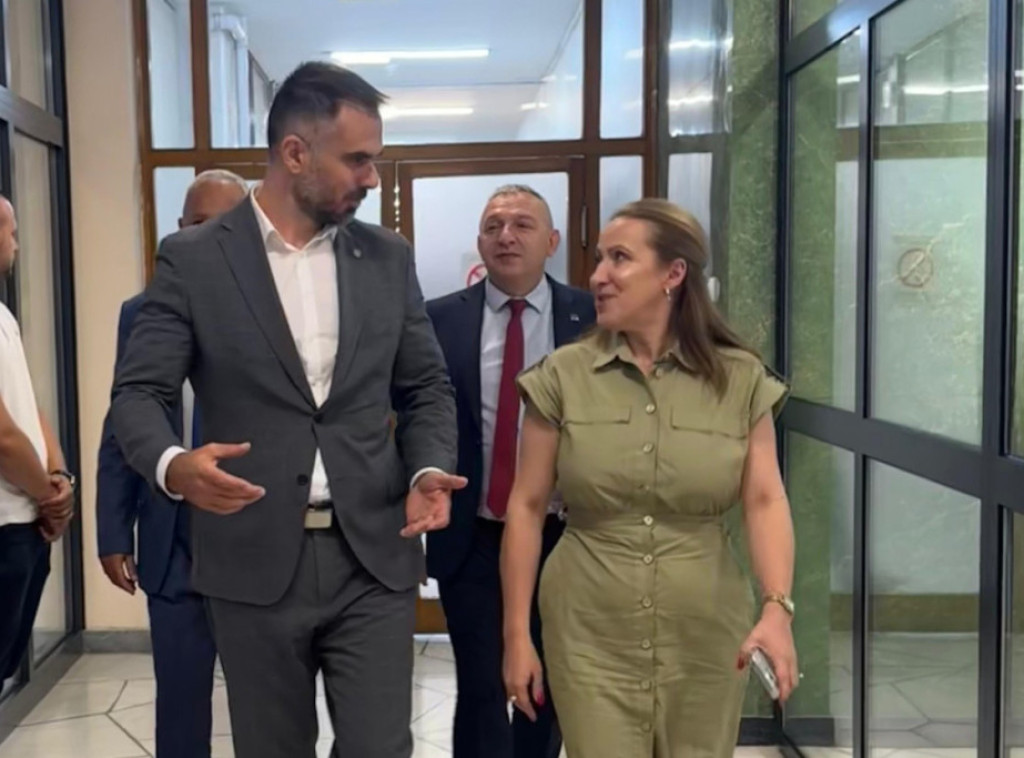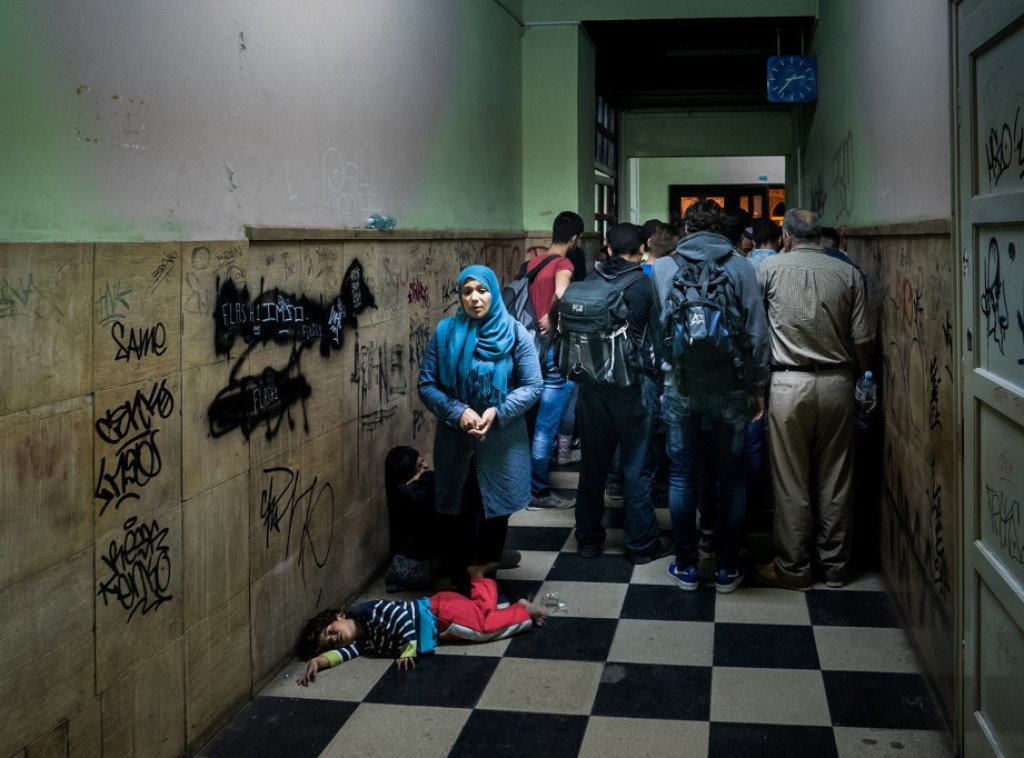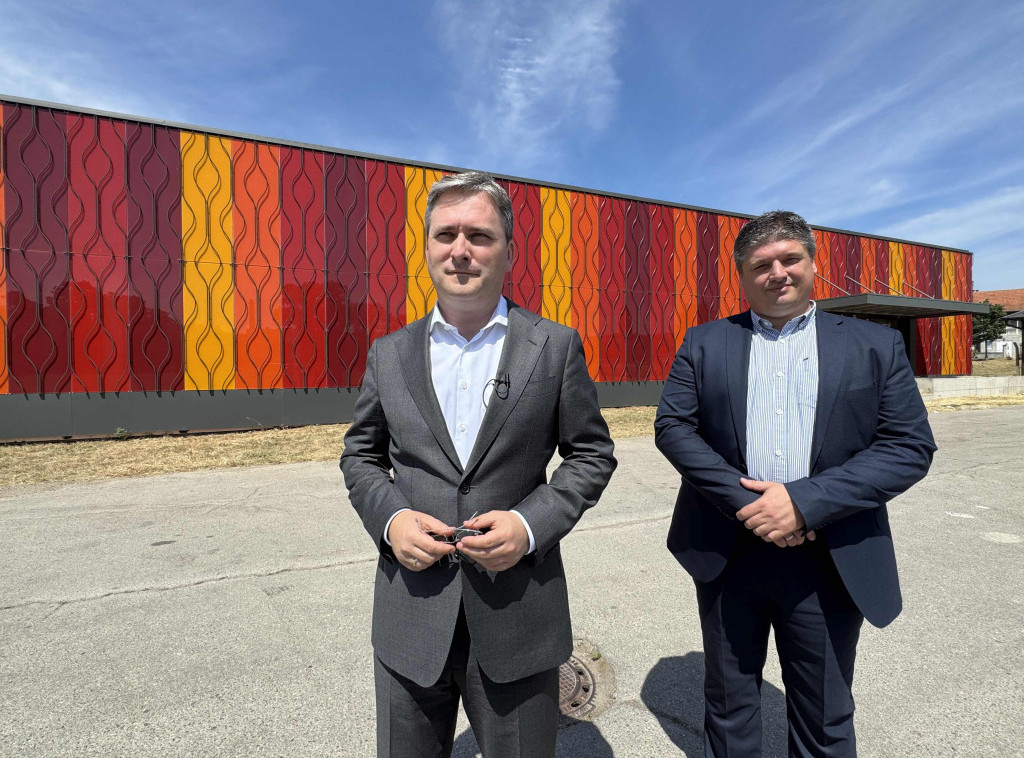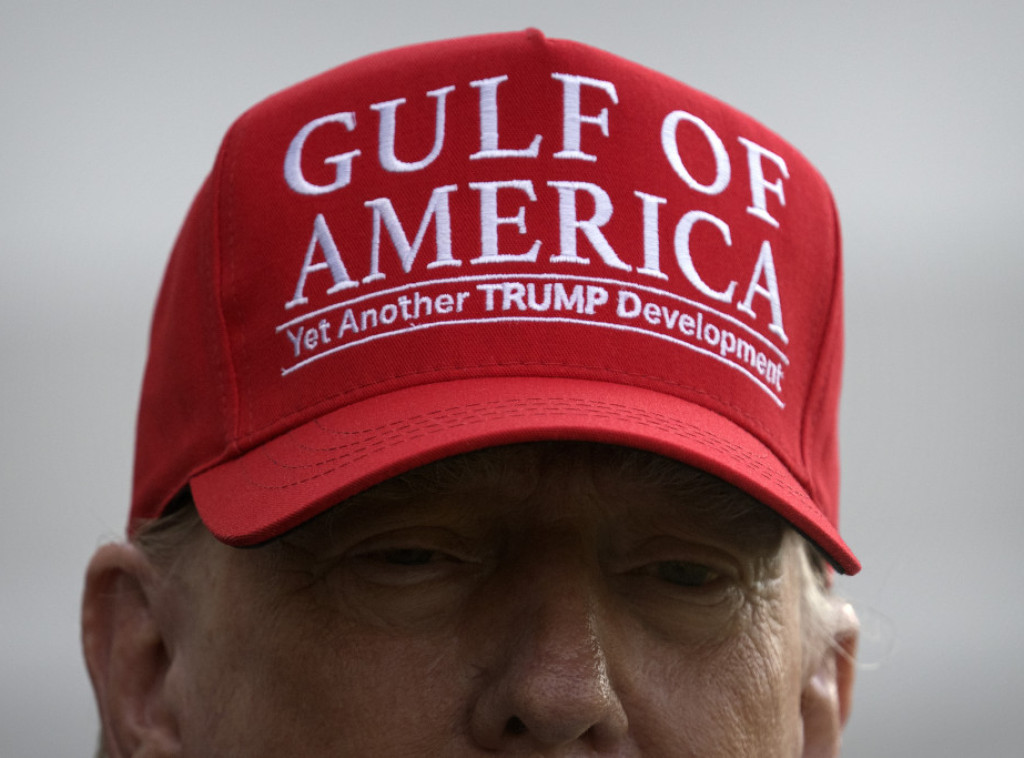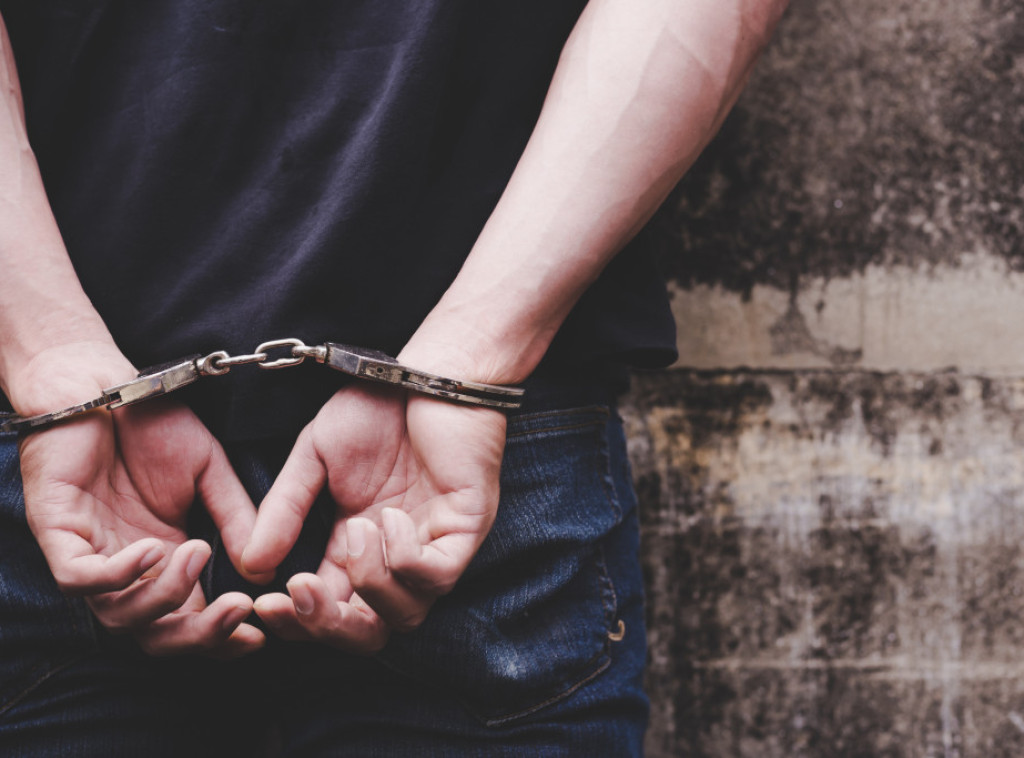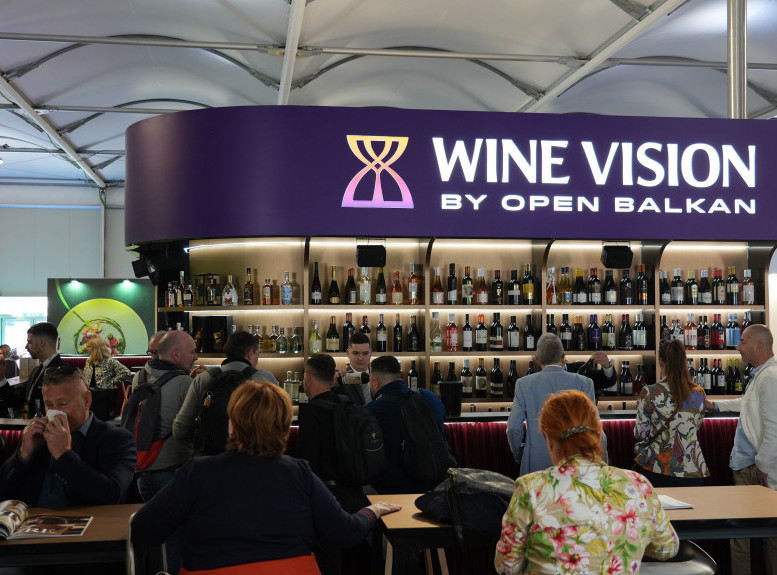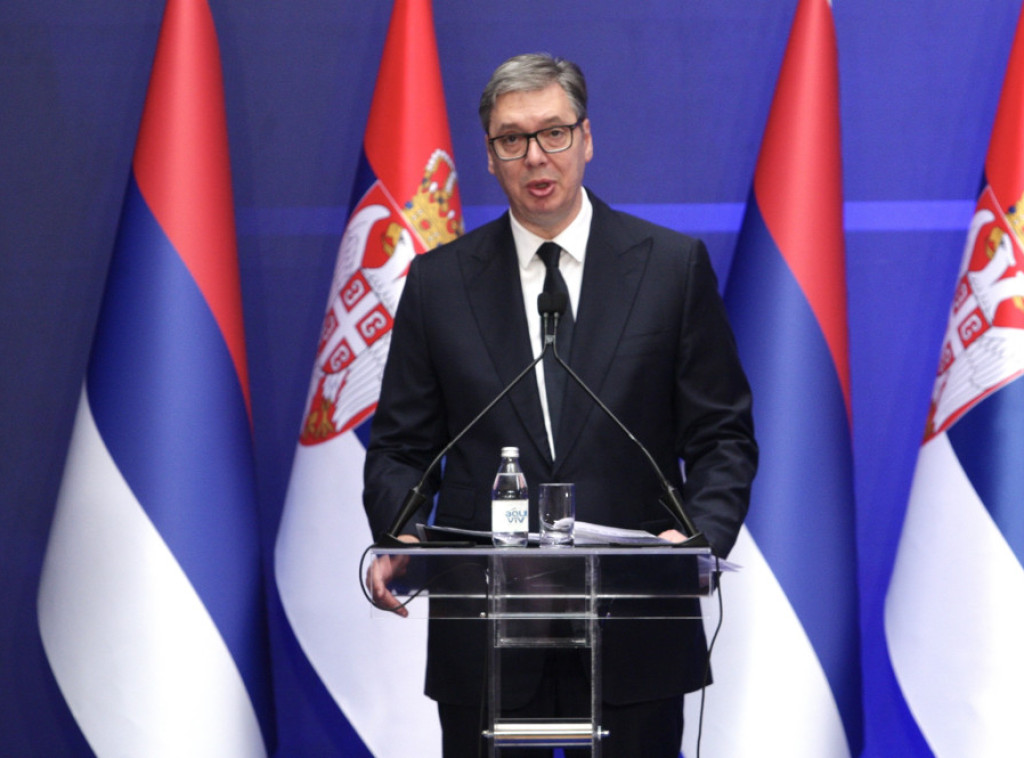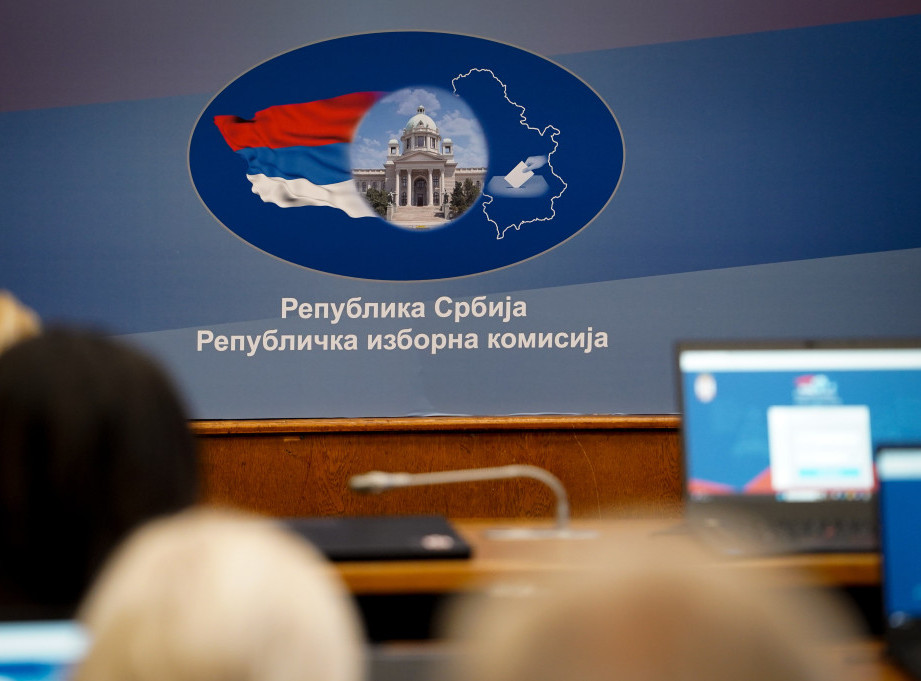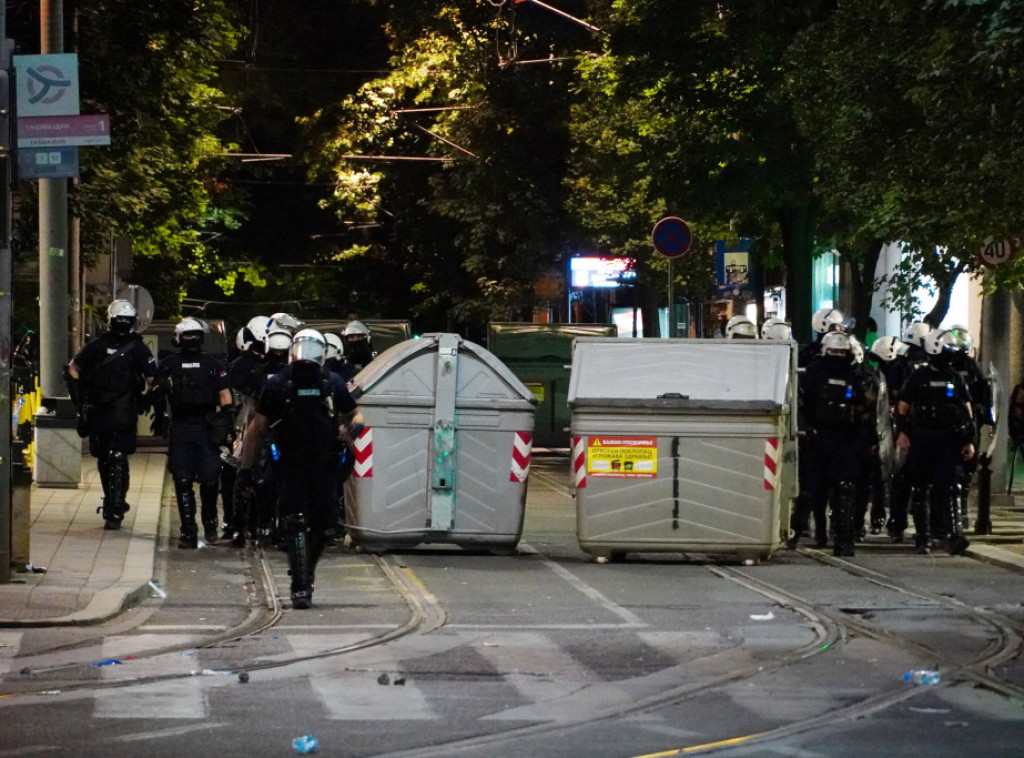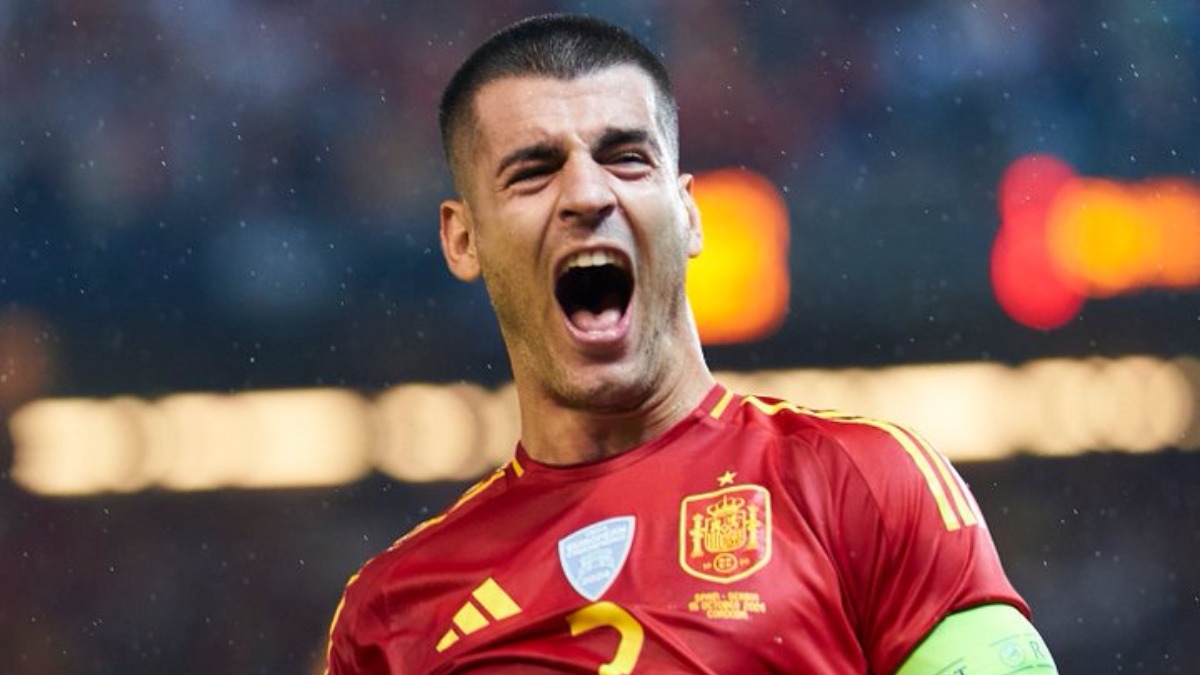Welcome to Dessau, the city where Nazi symbols are not just history but everyday reality! Swastikas, Hitler graffiti, and Nazi slogans roam the streets of East Germany as if time stopped in the dark 1930s. Shocking or just alarming? German authorities are worried, and experts warn that youth radicalization in this region is spreading like wildfire.
In Dessau, located in Saxony-Anhalt, right-wing extremism and racism have flourished more than ever in the last decade. Schools report more cases than ever before, and young people with right-wing views are becoming increasingly radical and organized. “Nazis have become a pop phenomenon,” says Lukas Joher from the organization Gegenpart, which fights hate.
How did this happen? After German reunification, Dessau suffered an economic collapse, massive unemployment, and an exodus of young, educated people. Despite the government investing around one billion euros in rebuilding the economy, infrastructure, and culture, hatred and violence have not disappeared. On the contrary, right-wing extremism has gained strength.
The most horrific example is the murder of 39-year-old Albert Adrian in the Roslau district, just because he was black. After this crime, then-Chancellor Gerhard Schröder called on citizens to show courage against extremism, but the problem remains. Right-wing extremism is not only in Dessau but also in many other East German cities.
Experts warn that young people with right-wing views are increasingly radicalizing and joining well-organized groups that start committing crimes. The right-wing party AfD is now the second strongest in Germany and the strongest in East Germany. In July 2023, AfD right-wing politician Laurens Notdurft was elected mayor of Dessau-Roßlau. He gave a speech to students on the 80th anniversary of Germany’s liberation from Nazi tyranny but did not mention German war crimes or the mass murder of Jews.
Notdurft was once a member of the banned neo-Nazi organization “German Youth Loyal to the Homeland,” which caused controversy since AfD officially does not accept members with a neo-Nazi past. Although brave citizens, teachers, and organizations like Gegenpart fight against hate, the situation remains serious.
Dessau is not just a city of hate but a city of struggle. People do not give up; they fight for their city and a future without hate. But the question remains: how long will Germany tolerate Nazi symbols and ideologies coming out of the shadows again? If you have an opinion, a joke, or just want to say what you think, feel free to join the conversation. This problem is not just German; it’s global — and it’s time for all of us to ask where we’re headed next.





